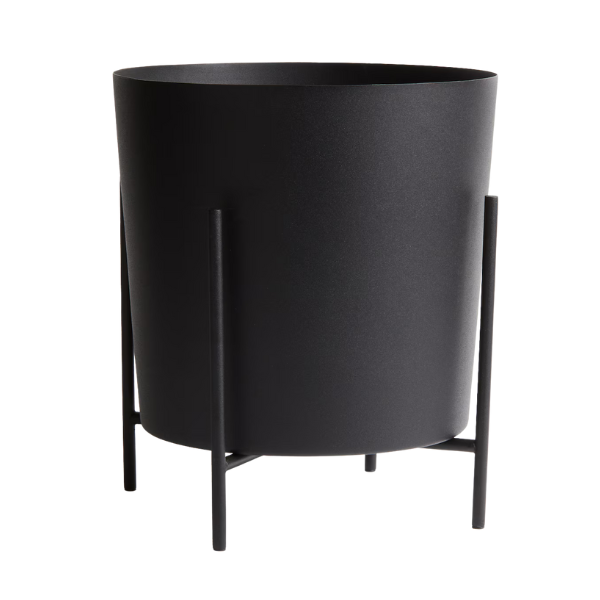"I Asked Them to Trust Me" — Mirrored Ceilings Are Just the Beginning in This Jaw-Dropping Renovated Dublin Home
Designer Róisín Lafferty rose to the challenge of turning a pair of semi-detached houses into one unique family home
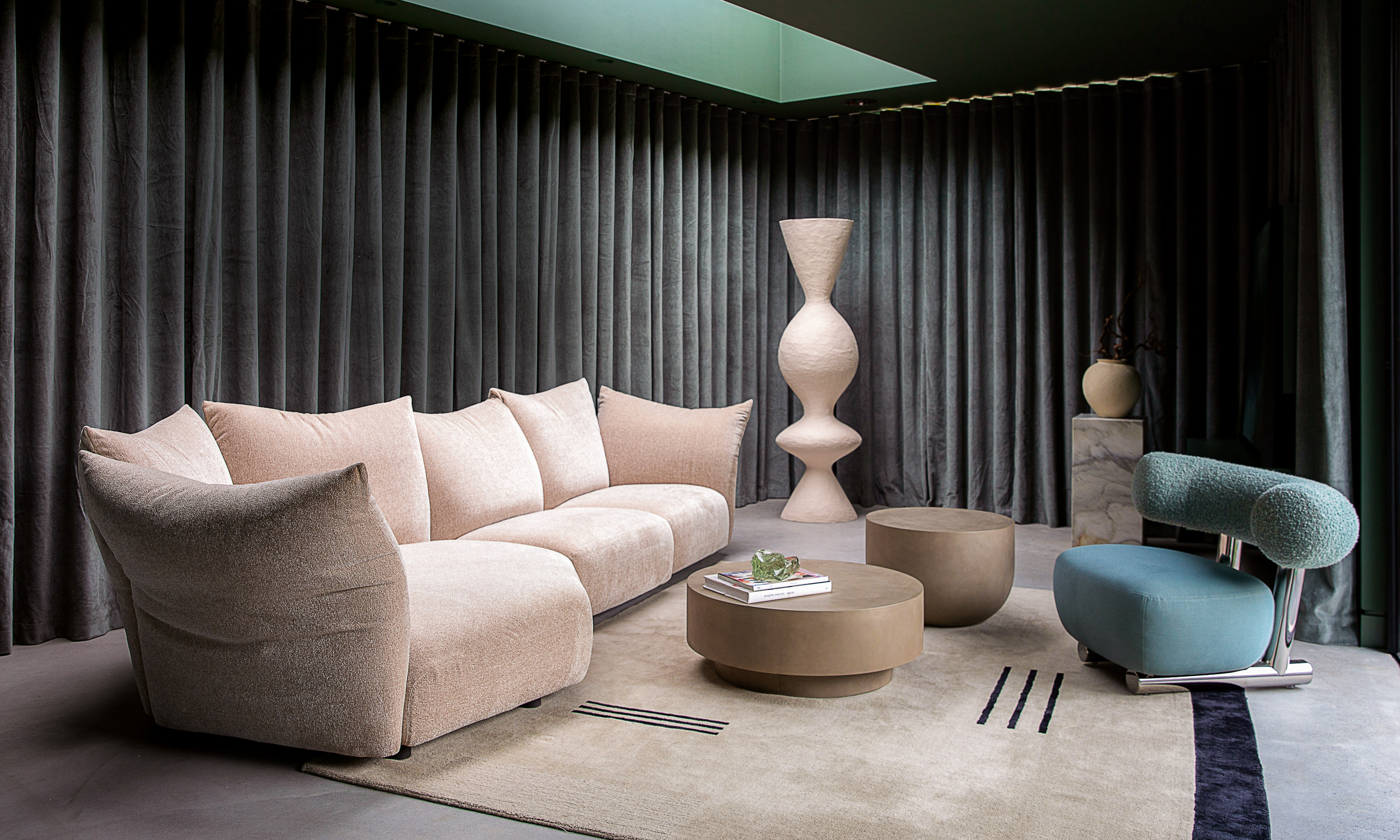

This project in suburban Dublin needed a strong vision, because it wasn’t straightforward at all. The family involved was in search of some seriously clever ideas to connect their semi with the property next door.
With two teenage kids, their current residence was feeling tight, but a single large modern home would need to be separated again at some point — possibly for each sibling. So, what to do?
Ask Róisín Lafferty, award-winning interior designer, is what. She charmed the clients with her exciting plan: they would get a gorgeous forever home now, but one that could easily be reverted to two later.
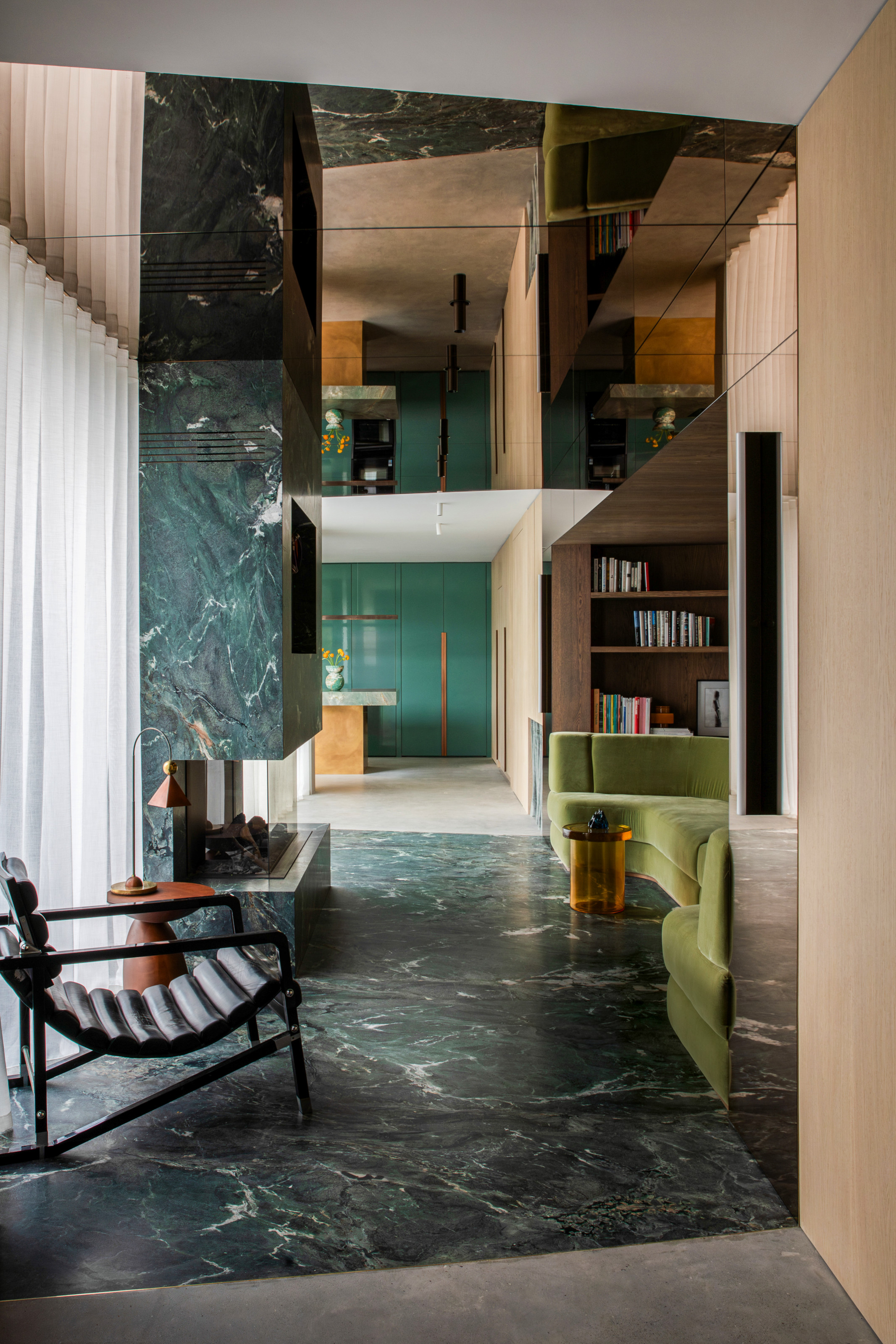
"This is where we celebrate the connection point between the two houses, the place where they become one home," says Róisín.
The whole structure now presents a U-shaped floor plan with a garden filling up the space between the "arms", which were previously the two separate houses.
"My idea was to celebrate the point where the two houses become one," says Róisín about the stunning modern living room that links through and opens towards the garden.
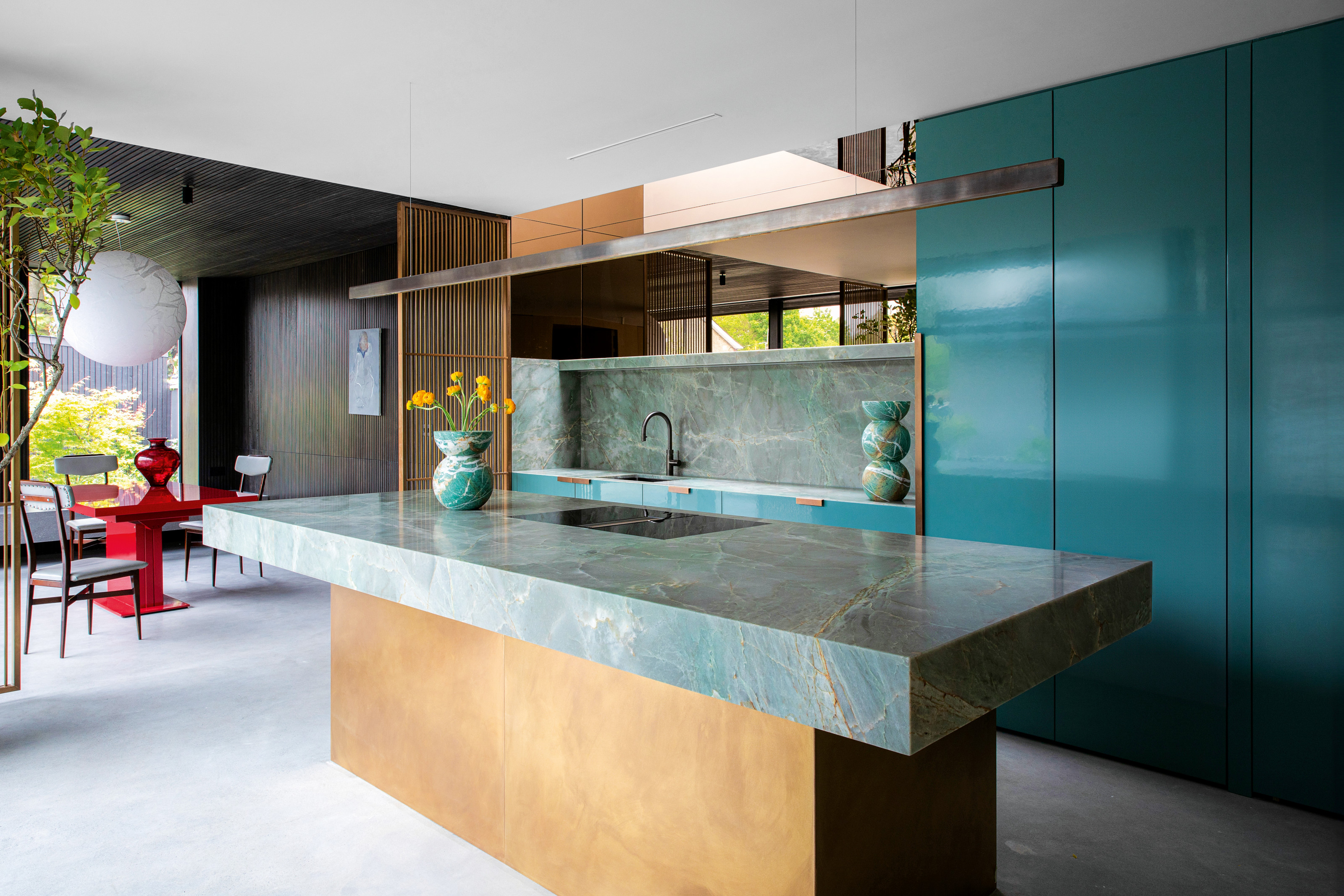
"I deliberately went with a neutral design, in concrete and limed oak timber, then added pops of color through the lacquered turquoise cabinets and quartzite surfaces," says Róisín. The monolithic green J’adore quartzite and brass island is the eye-catching centerpiece of this space.
There had been a risk of this space turning into a wasted corridor because the original structural wall didn’t have enough depth for seating, and the clients were also hesitant, wondering if it would feel strange to have a sofa in such a transitional space.
But Róisín had no doubts. "I knew this would be the best place to sit in the whole house. Other than being significant as the connecting moment, it had to be the star of the show."
The Livingetc newsletters are your inside source for what’s shaping interiors now - and what’s next. Discover trend forecasts, smart style ideas, and curated shopping inspiration that brings design to life. Subscribe today and stay ahead of the curve.
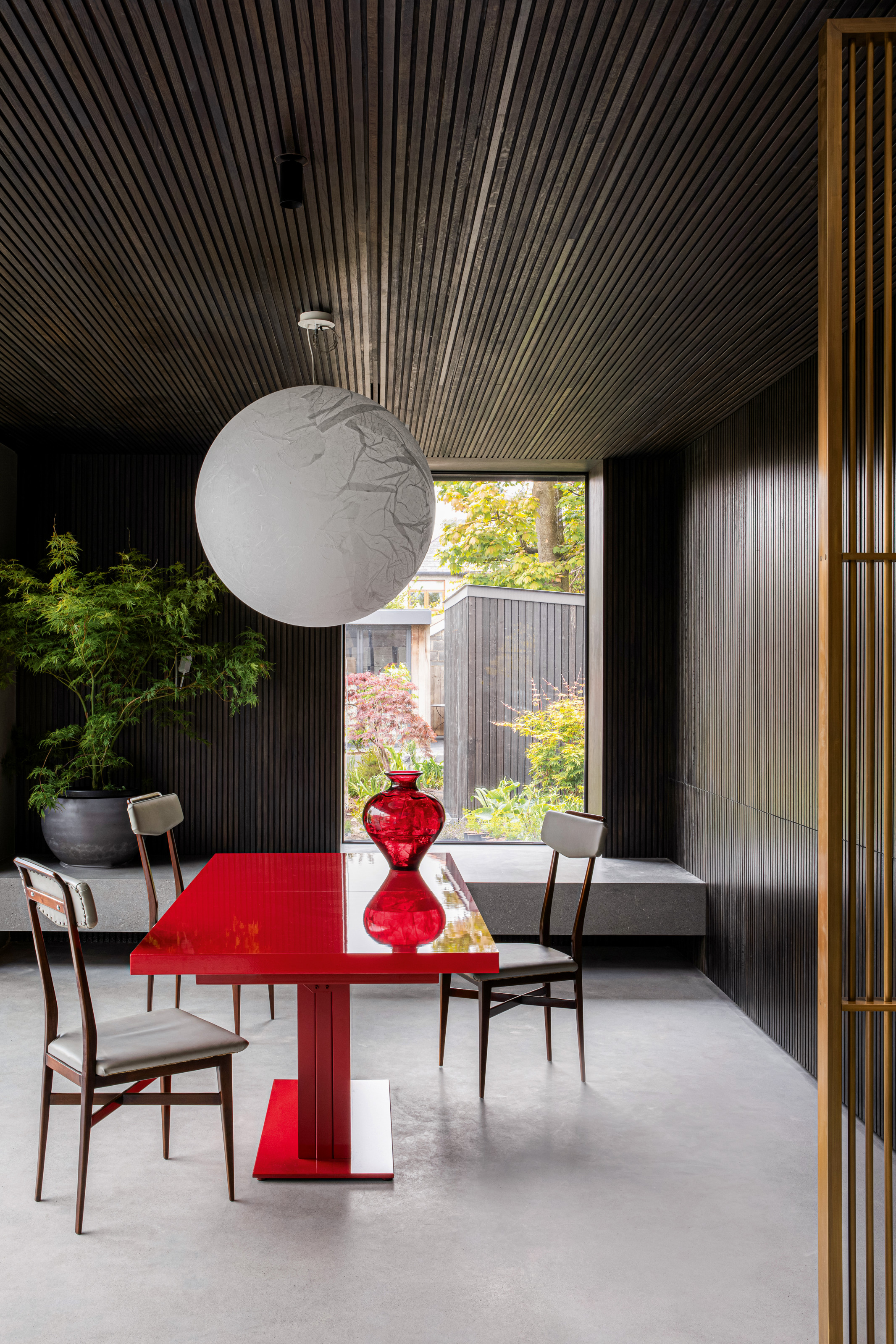
The striking red-lacquered table anchors the Japanese-influenced space. The reeded timber wall conceals storage, while a floating concrete bench provides additional seating for larger groups of guests.
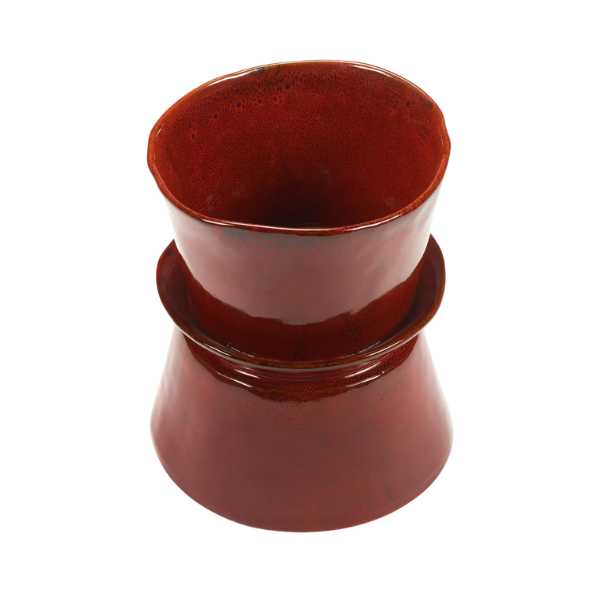
The unexpected red theory is in full force in this project — capture its effects with this stunning stoneware vase from SERAX.
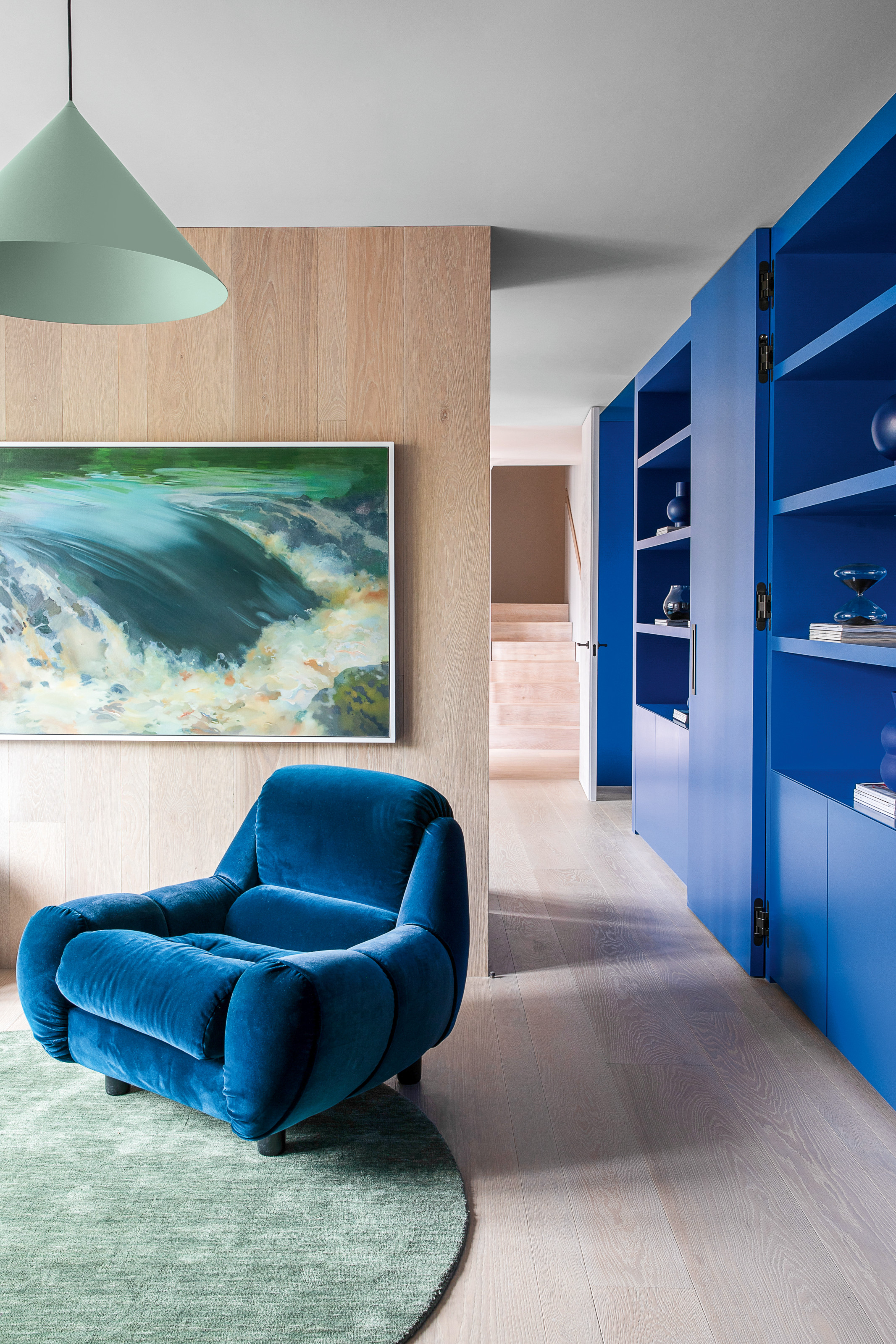
The flooring connects this space to the music room, which is separated by a whitewashed oak wall cladding.
With the help of an engineer, she worked out how to create a recessed sofa in the wall. To delineate the space, Róisín opted for a green marble — a splash of color that links to the garden. She also suggested a bronze mirror on the ceiling.
"That’s when the clients thought I had gone a bit mad, saying they weren’t quite mirror-on-the-ceiling kinds of people! But I showed them the renders and asked them to trust me. I’m happy they did, because when you sit there, it really feels like you’re in the garden. The mirror just opens it up completely."
Decorating with mirrors can totally transform a space, in both practical and stylish ways.
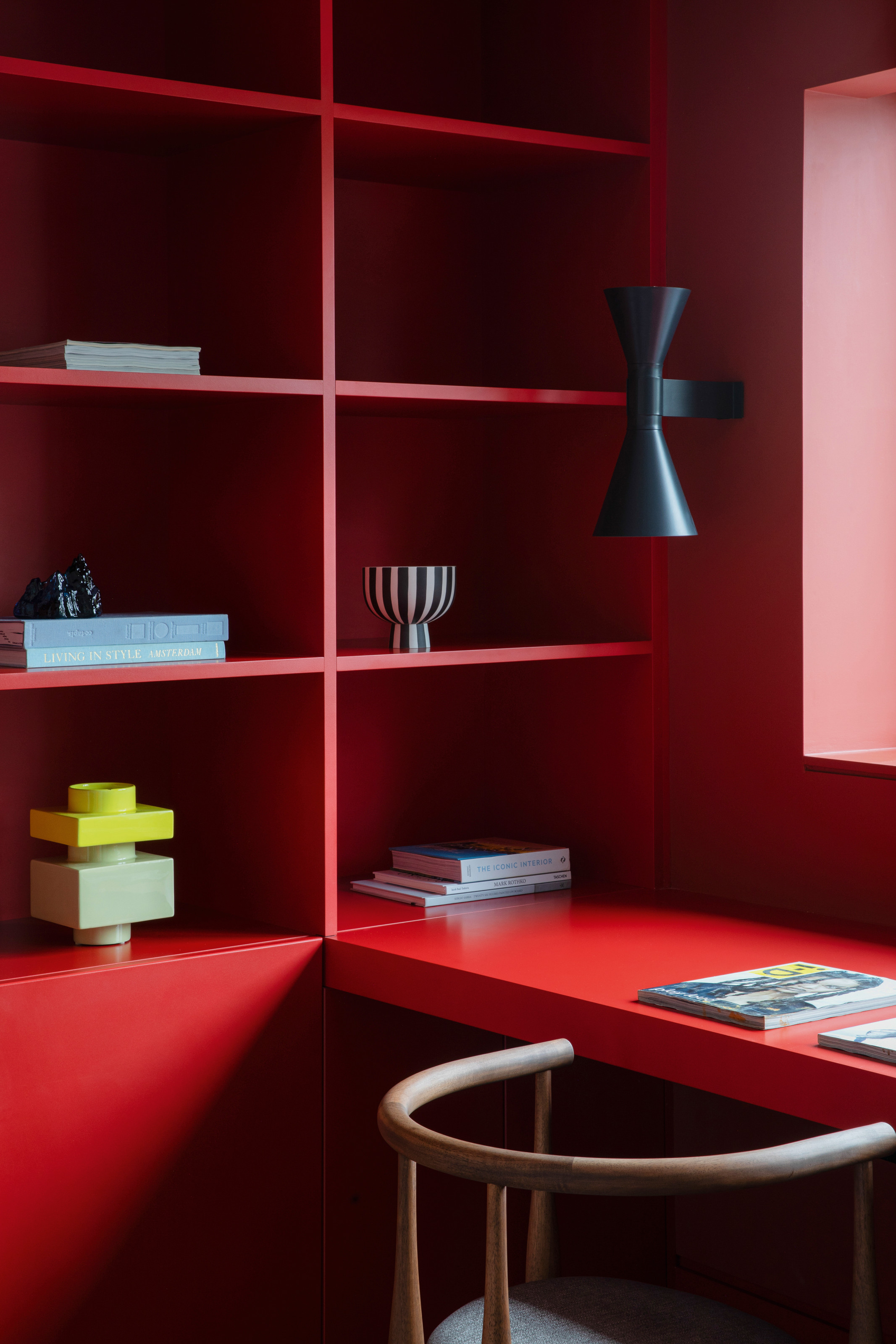
"Previously a small box room, I wanted to create a sense of drama and impact here. Inspired by a John Redmond painting, we emphasised the cabinetry, storage, and integrated desk by wrapping it in a strong primary red tone," says Róisín.
With a cinema room, lounge, kitchen, and dining room also facing the garden and effectively flowing into each other, it was necessary to give each space its own visual language.
So, for example, the dining room has a Japanese design influence, because it married with the designer’s intention of elevating dining to a ritual.
"I feel like mealtimes have become quite casual with an island where everyone can perch and come and go as they please. This family wanted the opposite, so we created an intimate dining space to encourage that interaction," says Róisín.
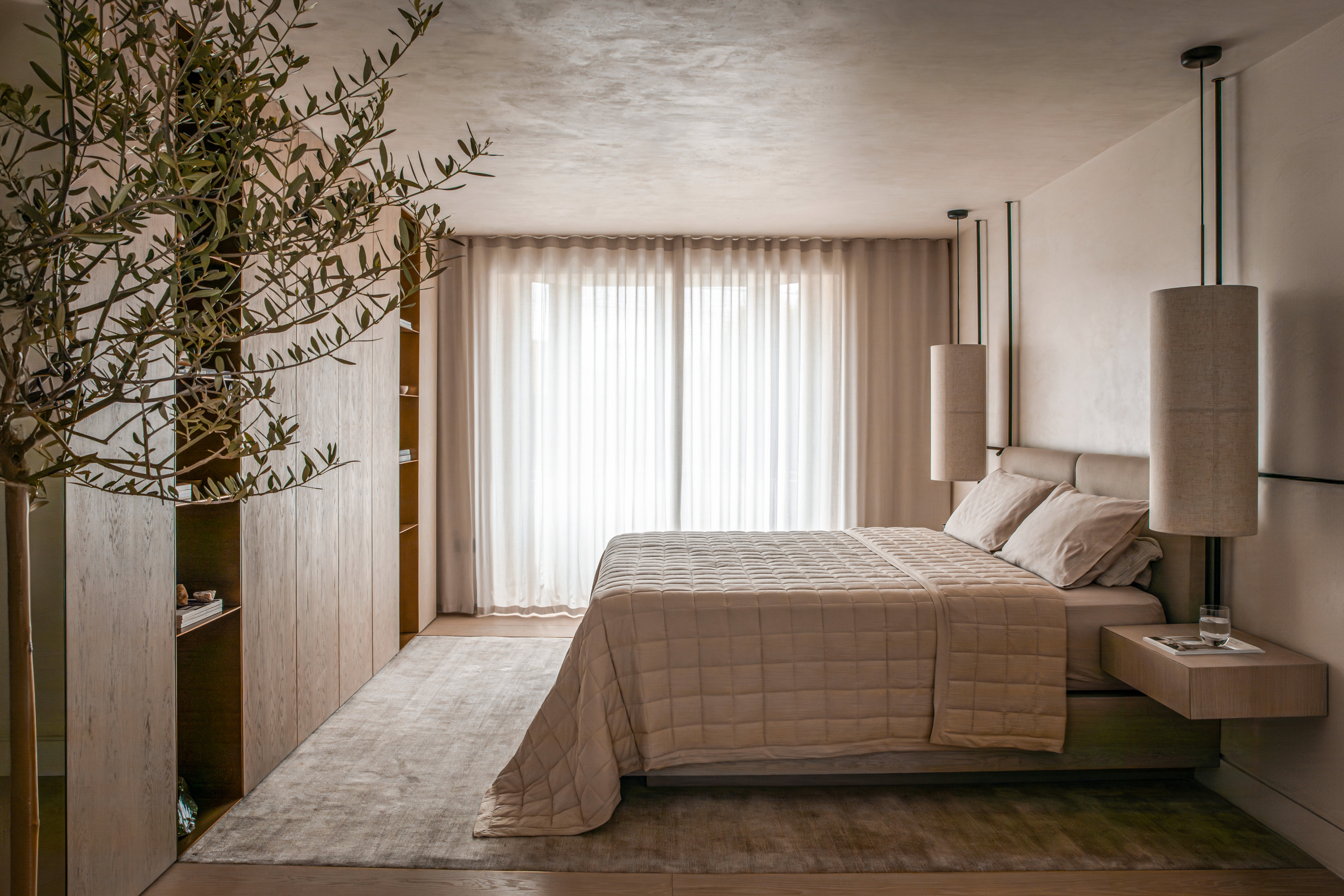
"The mood for the primary suite differs from the rest of the house — it is more subdued and understated. It is a place of rest; a place where subtle tactility is preferred over visual stimulation," says Róisín.
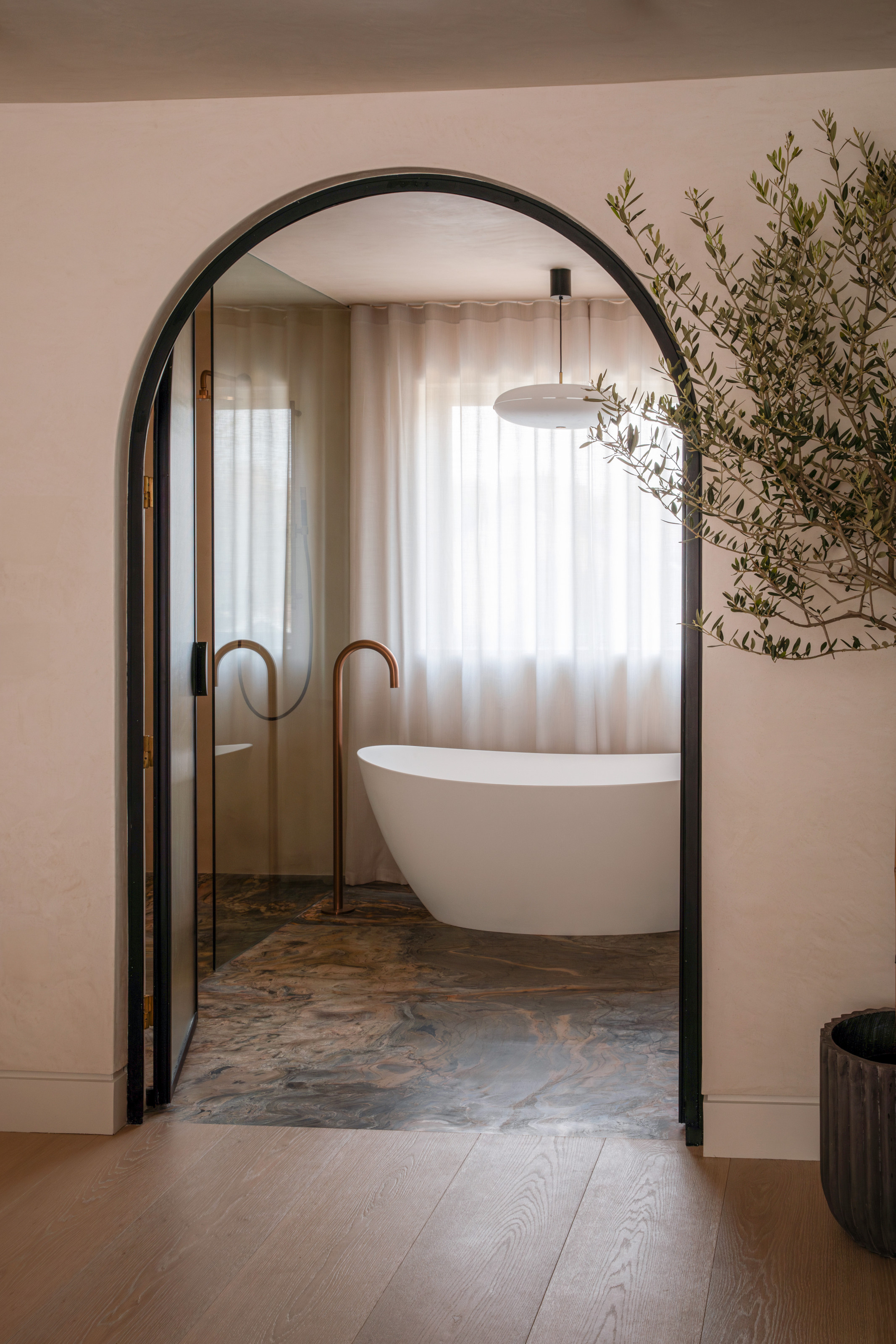
"My favourite moments are the smallest to the eye — such as the timber meeting the fusion stone in the bathroom," says Róisín.
Every other room of the house was planned with as much conceptual depth and meticulous choice of palette and materials, but one key feature throughout — the absolute precision of lines and detail — begs for attention.
"The people we work with a lot understand the way I think, but with new builders it takes time," says Róisín.
"The truth is that you must be 10 steps ahead for everything to look so sharp. You really need to be working as a team to achieve such clean lines. And, for me, when everything goes well, it’s just so beautiful, so calming."
Anna Bisazza is an Eurasian freelance journalist whose mixed Italian and Chinese heritage means she can’t quite decide if spaghetti or noodles came first. Guided by restless curiosity and a belief that creativity is the one language that transcends borders, she writes about art in its many guises. Over the past handful of years, she has focused on interior design and architecture, conversing with the homeowners and visionaries behind some of the world’s most intriguing homes. Her stories bring these spaces to life in international newspapers and magazines. She holds a Bachelor of Arts in Art History from New York University and a Master’s in Journalism from the University of Hong Kong.

